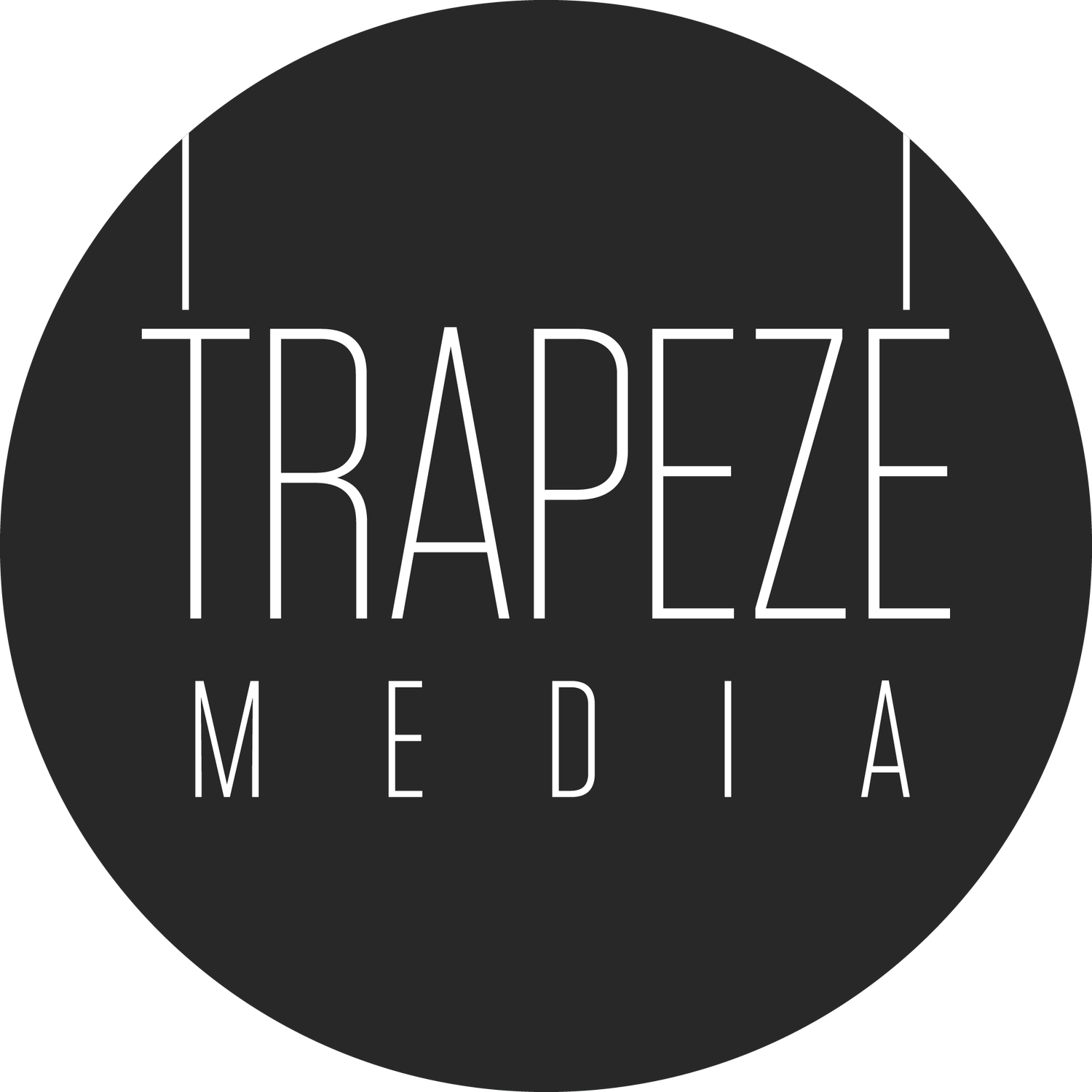A beginner’s guide to marketing terms
Starting out in marketing can feel like wading through a minefield of new acronyms and concepts. Let’s help get you up to speed a little, you’ll have colleagues asking you for explanations in no time!
UGC: User generated content. Put simply, customers sharing images of your product/s and/or services on social media. You can then use these images (with permission) in your own marketing.
Gated Content: more detailed content that is accessed in exchange for something like an email address, like eBooks, guides and white papers.
Lead Gen/Lead Generation: identifying possible customers, attracting them to your business and then getting them to give you their email address, telephone number or express interest for you to contact them.
Evergreen content: content that is not time sensitive and doesn’t refer to external information that dates it. A good example is a listicle like this!
TOV: Tone of Voice. The kind of language your brand uses in copywriting, on socials and in engagement. Does your brand use slang or emojis?
CTA: Call to action. For example, ‘click here to see more’, ‘DM now to guarantee your spot’.
B2B: Business to Business
B2C: Business to Consumer
The sales funnel: A consumer-focused marketing model that illustrates the customer journey toward the purchase of your goods or service.
TOFU/TOTF: Top of the funnel, where your potential customers are, the broad range of demographics. You want to narrow the number of people here so you are speaking to a more niche audience.
BOFU/BOTF: Bottom of the funnel, where you’ve niched your audience and have a smaller pool of data to market your services to.
Content atomisation: Taking a large bit of content, like a video and turning it into many, like shorter videos and blogs, to get the most from it.
Omnichannel: Having more than one channel, be it digital or physical, and planning your content and user experience accordingly.
SEO: Search engine optimisation
ROI: Return on investment
PPC: Pay per click.
DPA: Dynamic product ads. These show viewers items they have already looked at on your website, or items you may like based on your previous online activities.

